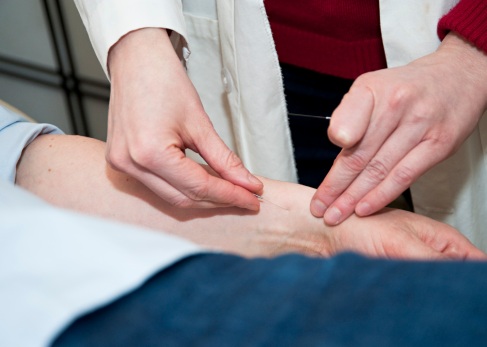In my acupuncture practice, I like to emphasize the importance of health as something that is a work in progress, and continues after the patient leaves the treatment table. This involves making changes, and often, it seems overwhelming to make a positive change in your life with all the steps involved.
A couple of years ago, a patient of mine was having issues with weight loss. She told me that it was really difficult to not eat certain things that she knew she shouldn’t eat. She was a pastry chef, so she was surrounded by sweet confections all the time, and the idea of not eating those things wasn’t an option for her at that time of her life.
Using sugar as an example, most of us know by now that sugar is very addictive. The more the body receives sugar, the more the body craves the next serving. While in the process of trying to cut out sugar, a good thing to try might be to focus on doing adding something that’s good for you, instead of focusing on what you shouldn’t have. Try adding sweet potatoes into the diet, or greens such as kale, collards, or dandelion greens. As you focus on making positive changes instead of avoiding the negative, you will feel a sense of accomplishment in what you are doing. And, when better foods are added to the diet, you will have more energy, and the cravings for sweets will lesson.
Next time you are looking to make a change, how about focusing on adding a positive habit, instead of being hard on yourself for doing something that you shouldn’t?
